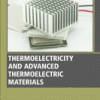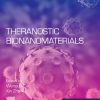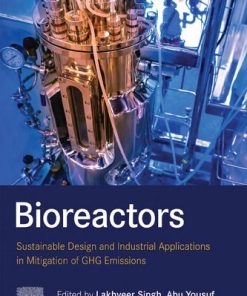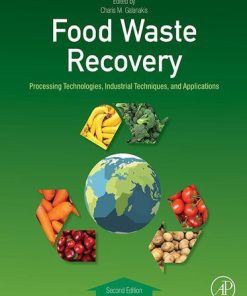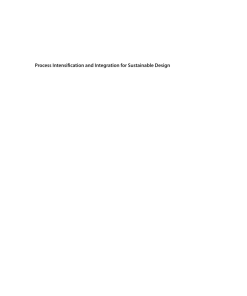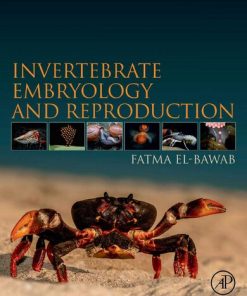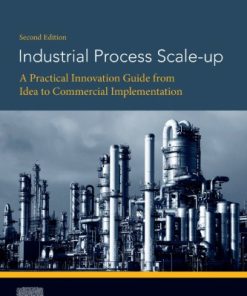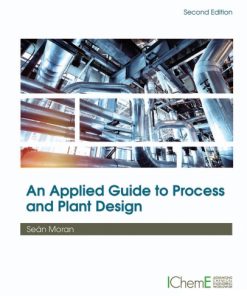Sustainable Design Through Process Integration Fundamentals and Applications to Industrial Pollution Prevention, Resource Conservation, and Profitability Enhancement 2nd Edition by Mahmoud Halwagi 0128098244 9780128098240
$50.00 Original price was: $50.00.$25.00Current price is: $25.00.
Sustainable Design Through Process Integration: Fundamentals and Applications to Industrial Pollution Prevention, Resource Conservation, and Profitability Enhancement 2nd Edition by Mahmoud M. El-Halwagi – Ebook PDF Instant Download/DeliveryISBN: 0128098244 9780128098240
Full download Sustainable Design Through Process Integration: Fundamentals and Applications to Industrial Pollution Prevention, Resource Conservation, and Profitability Enhancement 2nd Edition after payment.
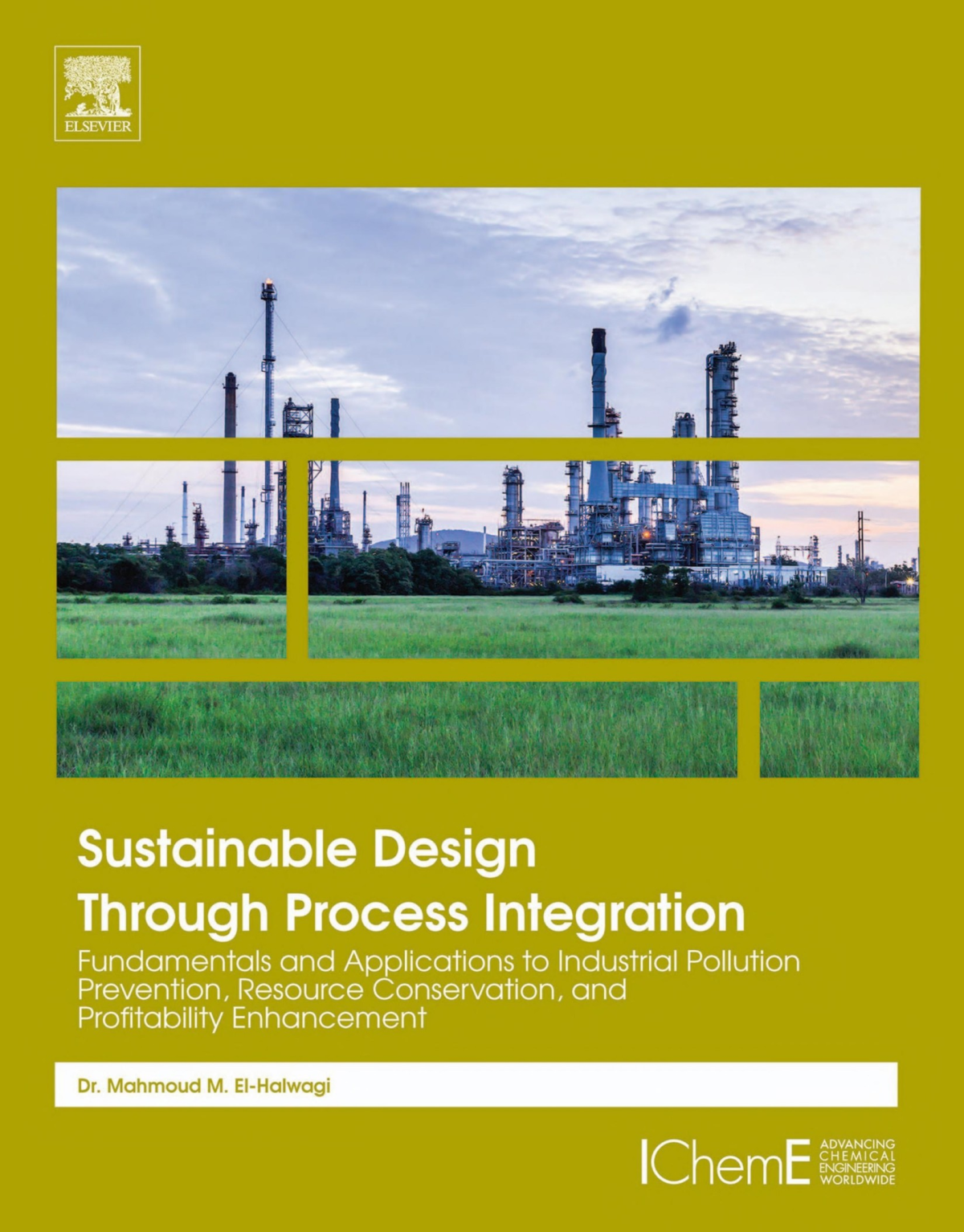
Product details:
ISBN-10 : 0128098244
ISBN-13 : 9780128098240
Author : Mahmoud M. El-Halwagi
Sustainable Design through Process Integration: Fundamentals and Applications to Industrial Pollution Prevention, Resource Conservation, and Profitability Enhancement, Second Edition, is an important textbook that provides authoritative, comprehensive, and easy-to-follow coverage of the fundamental concepts and practical techniques on the use of process integration to maximize the efficiency and sustainability of industrial processes. The book is ideal for adoption in process design and sustainability courses. It is also a valuable guidebook to process, chemical, and environmental engineers who need to improve the design, operation, performance, and sustainability of industrial plants. The book covers pressing and high growth topics, including benchmarking process performance, identifying root causes of problems and opportunities for improvement, designing integrated solutions, enhancing profitability, conserving natural resources, and preventing pollution. Written by one of the world’s foremost authorities on integrated process design and sustainability, the new edition contains new chapters and updated materials on various aspects of process integration and sustainable design. The new edition is also packed with numerous new examples and industrial applications.
Sustainable Design Through Process Integration: Fundamentals and Applications to Industrial Pollution Prevention, Resource Conservation, and Profitability Enhancement 2nd Table of contents:
Chapter 1. Introduction to Sustainability, Sustainable Design, and Process Integration
Abstracts
1.1 Introduction
1.2 What is Sustainability?
1.3 What is Sustainable Design Through Process Integration?
1.4 Motivating Examples on the Generation and Integration of Sustainable-Design Alternatives
1.5 Structure and Learning Outcomes of the Book
References
Chapter 2. Overview of Process Economics
Abstract
2.1 Introduction
2.2 Cost Types and Estimation
2.3 Depreciation
2.4 Break-Even Analysis
2.5 Time Value of Money
2.6 Profitability Analysis
2.7 Homework Problems
References
Chapter 3. Benchmarking Process Performance Through Overall Mass Targeting
Abstract
3.1 Introduction
3.2 Stoichiometry-Based Targeting
3.3 Mass Integration Targeting
3.4 Mass Integration Strategies for Attaining the Targets
3.5 Inclusion of Sustainability and Targeting in Profitability Calculations: Sustainability Weighted Return on Investment for Mass Integration Projects
3.6 Atomic Targeting for Multiscale Systems: C–H–O Symbiosis Networks (CHOSYNs) for the Design of Eco-Industrial Parks (EIPs)
3.7 Homework Problems
References
Chapter 4. Direct-Recycle Networks: Graphical and Algebraic Targeting Approaches
Abstracts
4.1 Introduction
4.2 Problem Statement for the Design of Direct-Recycle Networks
4.3 Selection of Sources, Sinks, and Recycle Routes
4.4 Direct-Recycle Targets Through Material-Recycle Pinch Diagram
4.5 Design Rules From the Material-Recycle Pinch Diagram
4.6 Extension to the Case of Impure Fresh
4.7 Insights for Process Modifications
4.8 An Algebraic Approach to Targeting Direct Recycle Networks
4.9 Algebraic Targeting Procedure
4.10 Case Study: Targeting for Water Usage and Discharge in a Formic Acid Plant
4.11 Generating Implementation Designs Using the Source-Sink Mapping Diagram for Matching Sources and Sinks
4.12 Multicomponent Source-Sink Mapping Diagram
4.13 Homework Problems
References
Chapter 5. Synthesis of Mass-Exchange Networks
Abstract
5.1 Introduction
5.2 Mass-Exchange Network Synthesis Task
5.3 The MEN-Targeting Approach
5.4 The Corresponding Composition Scales
5.5 The Mass-Exchange Pinch Diagram
5.6 Constructing Pinch Diagrams without Process MSAs
5.7 An Algebraic Approach to Targeting Mass-Exchange Networks
5.8 Construction of the MEN Configuration With Minimum Number of Exchangers
5.9 Trading Off Fixed Cost Versus Operating Cost
5.10 HOMEWORK Problems
References
Chapter 6. Combining Mass-Integration Strategies
Abstract
6.1 Introduction
6.2 Process Representation from A Mass-Integration Species Perspective
6.3 Homework Problems
References
Chapter 7. Heat Integration
Abstract
7.1 Introduction
7.2 HEN-Synthesis Problem Statement
7.3 Minimum Utility Targets Via the Thermal Pinch Diagram
7.4 Minimum Utility Targets Using the Algebraic Cascade Diagram
7.5 Screening of Multiple Utilities Using the Grand Composite Representation
7.6 Homework Problems
References
Chapter 8. Integration of Combined Heat and Power Systems
Abstract
8.1 Introduction
8.2 Heat Engines
8.3 Steam Turbines and Power Plants
8.4 Placement of Heat Engines and Integration With Thermal Pinch Analysis
8.5 Heat Pumps
8.6 Closed-Cycle Vapor Compression Heat Pumps Using a Separate Working Fluid (Refrigerant)
8.7 Vapor-Compression Heat Pumps and Thermal Pinch Diagram
8.8 Open-Cycle Mechanical Vapor Recompression Using a Process Stream as the Working Fluid
8.9 Absorption Refrigeration Cycles
8.10 Cogeneration Targeting
8.11 Additional Readings
8.12 Homework Problems
References
Chapter 9. Synthesis of Heat-Induced Separation Network for Condensation of Volatile Organic Compounds
Abstract
9.1 Introduction
9.2 Problem Statement
9.3 System Configuration
9.4 Integration of Mass and Heat Objectives
9.5 Design Approach
9.6 Special Case: Dilute Waste Streams
9.7 Case Study: Removal of Methyl Ethyl Ketone
9.8 Solution
9.9 Effect of Pressure
9.10 Homework Problems
References
Chapter 10. Property Integration
Abstract
10.1 Introduction
10.2 Property-Based Material Recycle Pinch Diagram
10.3 Process Modification Based on Property-Based Pinch Diagram
10.4 Clustering Techniques for Multiple Properties
10.5 Cluster-Based Source–Sink Mapping Diagram For Property-Based Recycle And Interception
10.6 Property-Based Design Rules for Recycle and Interception
10.7 Dealing With Multiplicity of Cluster-to-Property Mapping
10.8 Relationship Between Clusters and Mass Fractions
10.9 Additional Readings
10.10 Homework Problems
References
Chapter 11. Overview of Optimization
Abstract
11.1 Introduction
11.2 What is Mathematical Programming?
11.3 How to Formulate An Optimization Model
11.4 Using the Software LINGO to Solve Optimization Problems
11.5 Interpreting Dual Prices in the Results of a LINGO Solution
11.6 A Brief Introduction to Sets, Convex Analysis, and Symbols Used in Optimization
11.7 The Use of 0–1 Binary-Integer Variables
11.8 Enumerating Multiple Solutions Using Integer Cuts
11.9 Modeling Disjunctions and Discontinuous Functions with Binary Integer Variables
11.10 Using Set Formulations in LINGO
11.11 Homework Problems
References
Chapter 12. An Optimization Approach to Direct Recycle
Abstract
12.1 Introduction
12.2 Problem Statement
12.3 Problem Representation
12.4 Optimization Formulation
12.5 Additional Readings
12.6 Homework Problems
References
Chapter 13. Synthesis of Mass-Exchange Networks: A Mathematical Programming Approach
Abstract
13.1 Introduction
13.2 Generalization of the Composition Interval Diagram
13.3 Problem Formulation
13.4 Optimization of Outlet Compositions
13.5 Stream Matching and Network Synthesis
13.6 Homework Problems
References
Chapter 14. Synthesis of Reactive Mass-Exchange Networks
Abstract
14.1 Introduction
14.2 Objectives of REAMEN Synthesis
14.3 Corresponding Composition Scales for Reactive Mass Exchange
14.4 Synthesis Approach
14.5 Homework Problems
References
Chapter 15. Mathematical Optimization Techniques for Mass Integration
Abstract
15.1 Introduction
15.2 Problem Statement and Challenges
15.3 Synthesis of MSA-Induced Species Interception Networks
15.4 Developing Strategies for Segregation, Mixing, and Direct Recycle
15.5 Integration of Interception with Segregation, Mixing, and Recycle
15.6 Homework Problems
References
Chapter 16. Mathematical Techniques for the Synthesis of Heat-Exchange Networks
Abstract
16.1 Introduction
16.2 Targeting for Minimum Heating and Cooling Utilities
16.3 Stream Matching and HEN Synthesis
16.4 Handling Scheduling and Flexibility Issues in HEN Synthesis
16.5 Homework Problems
References
Chapter 17. Synthesis of Combined Heat and Reactive Mass-Exchange Networks
Abstract
17.1 Introduction
17.2 Synthesis of Combined Heat- and Reactive Mass-Exchange Networks
17.3 Homework Problem
References
Chapter 18. Water–Energy Nexus for Thermal Desalination Processes
Abstract
18.1 Introduction
18.2 Characteristics of Seawater
18.3 Single-Effect Evaporators
18.4 Multiple-Effect Evaporators/Multieffect Distillation
18.5 Multistage Flash Desalination Systems
18.6 Homework Problems
References
Chapter 19. Design of Membrane-Separation Systems
Abstract
19.1 Introduction
19.2 Classification of Pressure-Driven Membrane Separations
19.3 Reverse Osmosis Systems
19.4 Designing Systems of Multiple Reverse Osmosis Modules
19.5 Thermal Membrane Distillation
19.6 Homework Problems
References
Chapter 20. Macroscopic Approaches of Process Integration
Abstract
20.1 Introduction
20.2 Process Integration as an Enabling Tool in Environmental Impact Assessment
20.3 Process Integration in Life Cycle Analysis
20.4 Material Flow Analysis and Reverse Problem Formulation for Watersheds
20.5 Eco-Industrial Parks
20.6 Integrated Biorefineries
20.7 Natural/Shale Gas Supply Chains
References
Chapter 21. Concluding Thoughts: Launching Successful Process-Integration Initiatives and Applications
Abstract
21.1 Introduction
21.2 Commercial Applicability
21.3 Pitfalls in Implementing Process Integration
21.4 Starting and Sustaining PI Initiatives and Projects
References
Appendix I. Conversion Relationships for Concentrations and Conversion Factor for Units
I.1 Introduction
I.2 Basic Relationships for Converting Concentrations
I.3 Key Conversion Factors for Different Sets Of Units
Appendix II. Modeling of Mass-Exchange Units for Environmental Applications
II.1 Introduction
II.2 What is a Mass Exchanger?
II.3 Equilibrium
II.4 Interphase Mass Transfer
II.5 Types and Sizes of Mass Exchangers
II.6 Minimizing Cost of Mass-Exchange Systems
II.7 Homework Problems
People also search for Sustainable Design Through Process Integration: Fundamentals and Applications to Industrial Pollution Prevention, Resource Conservation, and Profitability Enhancement 2nd:
what is integration design
what is sustainable design
design integration meaning
sustainable design initiative
sustainability integration
Tags:
Sustainable Design,Process Integration,Fundamentals,Applications,Industrial Pollution Prevention,Resource Conservation,Profitability Enhancement,Mahmoud Halwagi
You may also like…
Biology and other natural sciences - Biotechnology
Technique - Food Manufacturing
Science (General)
Chemistry - Technical & Industrial Chemistry
Biopolymer-Based Metal Nanoparticle Chemistry for Sustainable Applications Mahmoud Nasrollahzadeh
Engineering - Electrical & Electronic Engineering
Fundamentals of Industrial Instrumentation and Process Control, Second Edition
Biology and other natural sciences - Zoology
Invertebrate Embryology and Reproduction 1st Edition Fatma 128141158 9780128141151
Engineering


